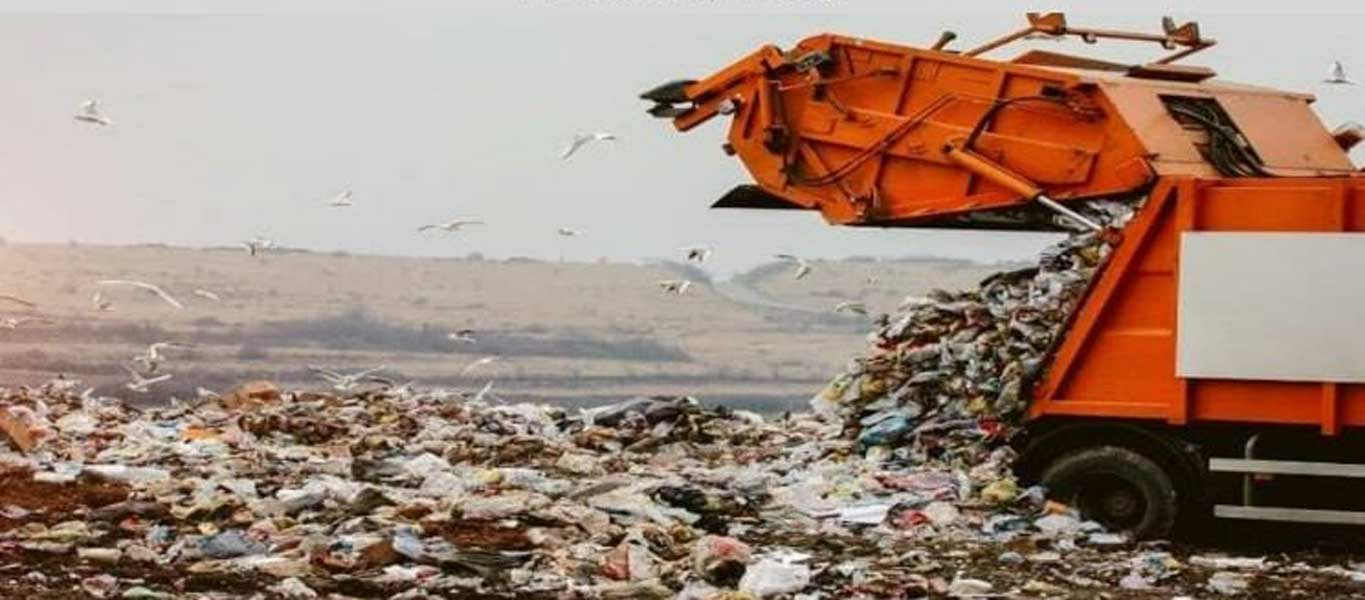
Ogbe Eric, Eastern Illinois University
Over 3,000 active waste landfills and 10,000 closed waste landfills exist in the United States. Solid waste must be disposed of properly, which necessitates the use of waste landfills. They help to keep communities clean by reducing the amount of garbage that makes its way into the open environment, while also assisting in the prevention of disease transmission from waste disposal. In Illinois, nineteen million tons of waste are landfilled each year. However, waste landfills are not the most environmentally beneficial waste disposal option since the organic matter in waste landfills decomposes, releasing methane gas into the atmosphere. Methane gas is 84 times more hazardous than carbon dioxide as a greenhouse gas. It absorbs the sun's heat, causing the earth to warm and climatic change to occur. Furthermore, waste landfills destroy natural habitats for species, and the liners of waste landfills occasionally leak, resulting in leachate, a liquid that can contaminate local water supplies. Moreover, many better alternatives can minimize the reliance on waste landfills and diminish their effects on the biosphere, depending on numerous associating factors. The purpose of this study will be to evaluate the potential alternative initiatives and projects which could be undertaken by the Illinois government and other private organizations in Illinois to curb waste landfilling. This study will analyze and model possible waste landfill alternatives in Illinois, which is connected to waste management, and identifies how they could help in creating a lasting solution to waste landfills.

